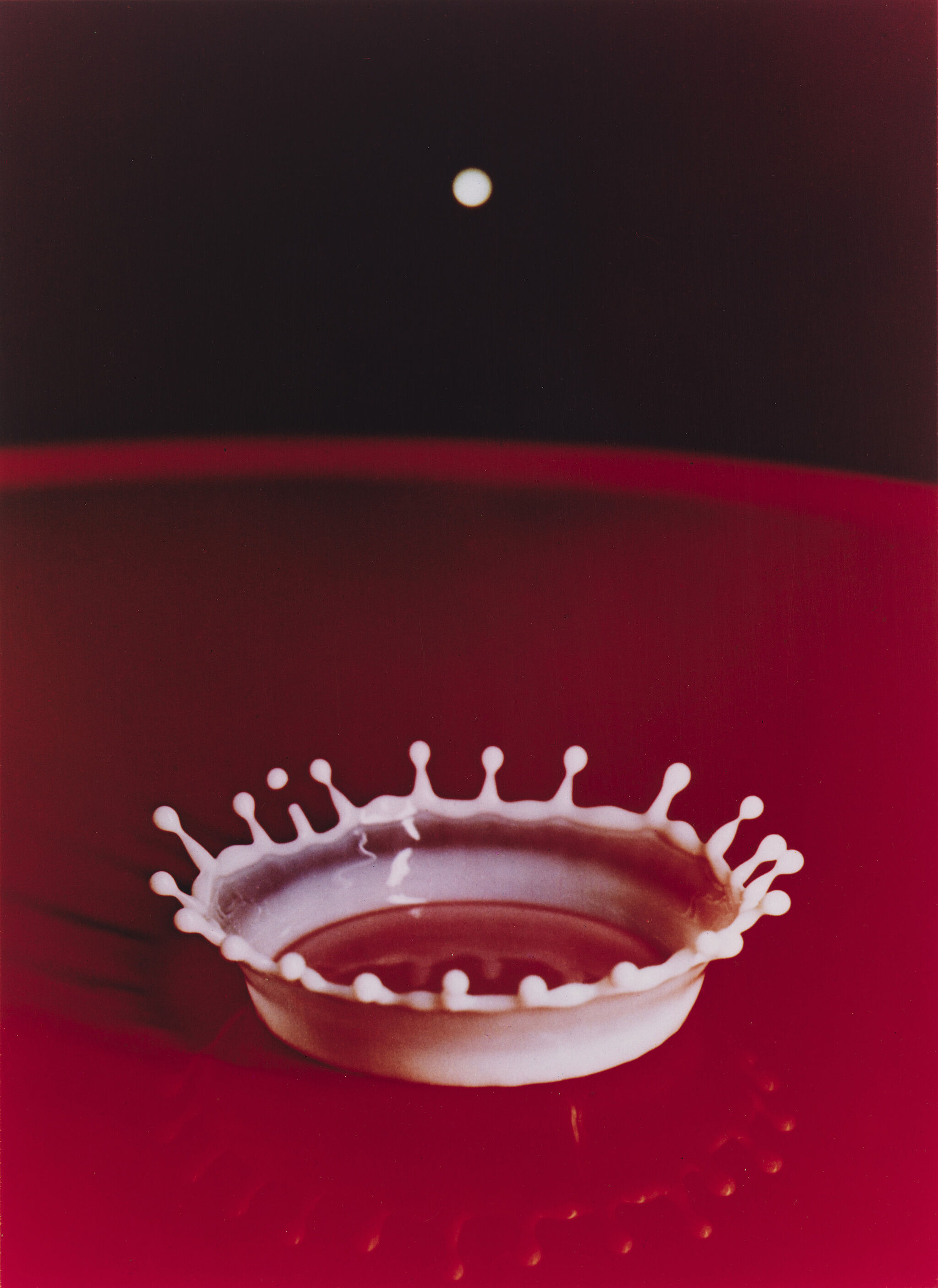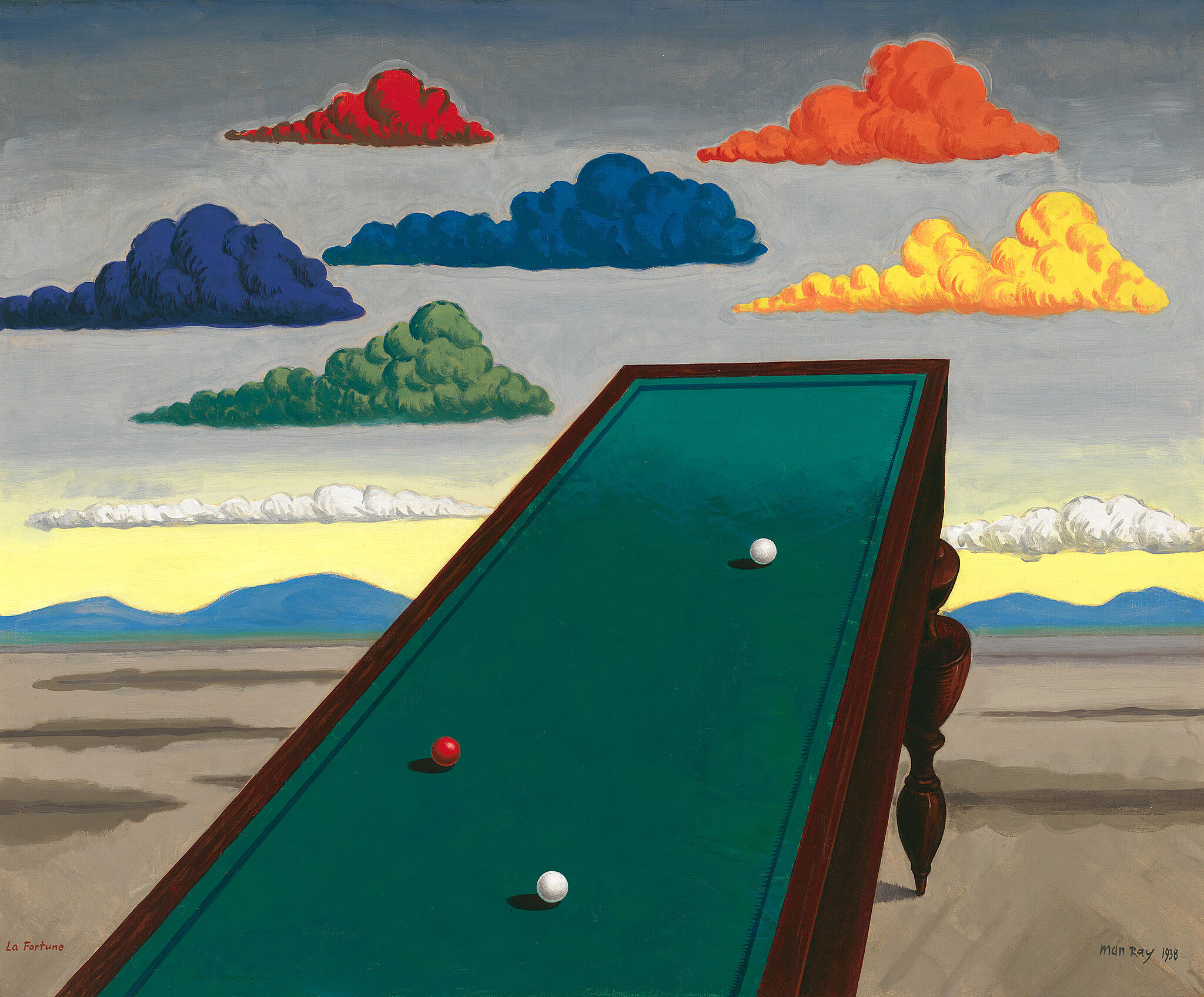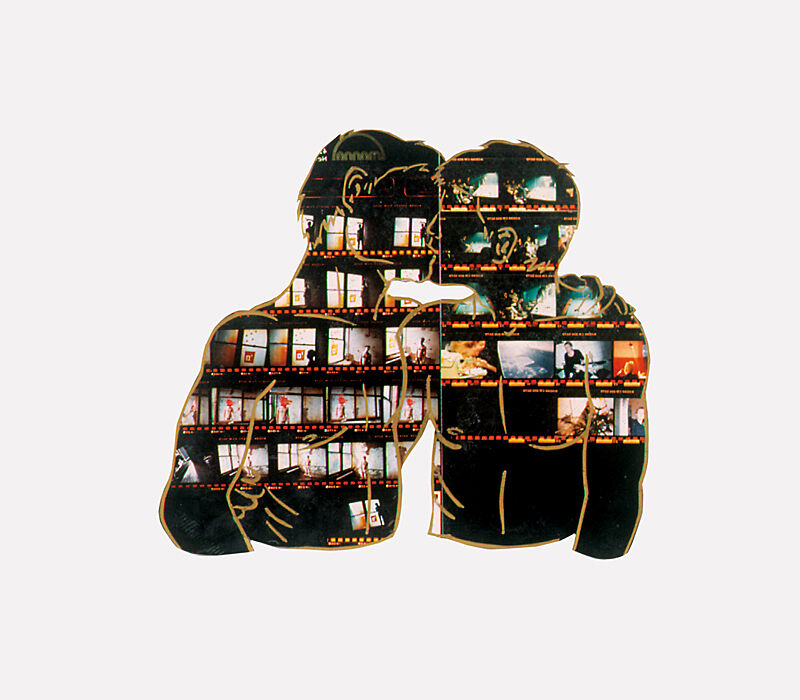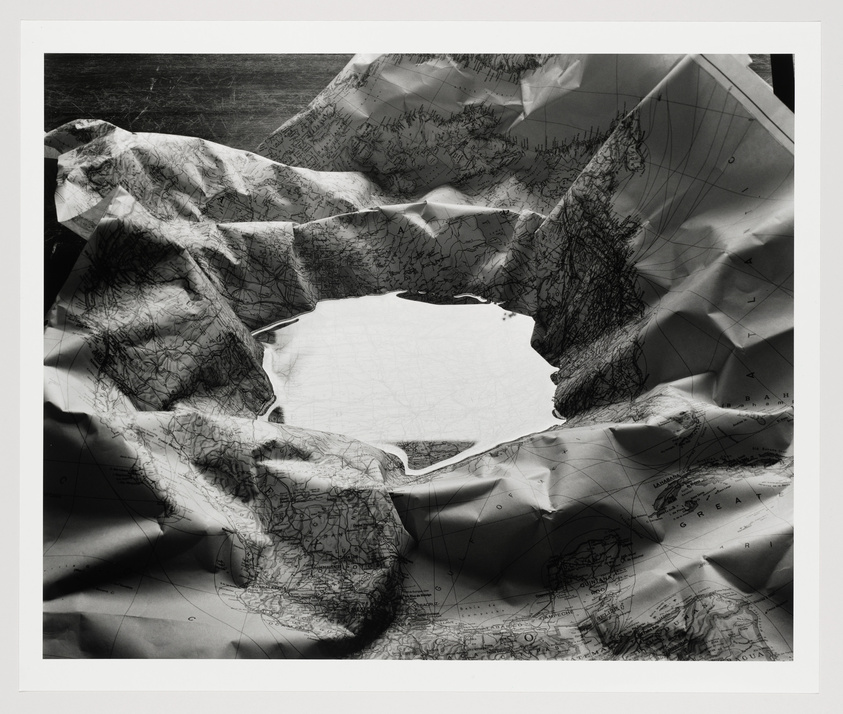Harold Edgerton
1903–1990
Introduction
Harold Eugene "Doc" Edgerton (April 6, 1903 – January 4, 1990), also known as Papa Flash, was an American scientist and researcher, a professor of electrical engineering at the Massachusetts Institute of Technology. He is largely credited with transforming the stroboscope from an obscure laboratory instrument into a common device. He also was deeply involved with the development of sonar and deep-sea photography, and his equipment was used in collaboration with Jacques Cousteau in searches for shipwrecks and even the Loch Ness Monster.
Wikidata identifier
Q475733
Information from Wikipedia, made available under the Creative Commons Attribution-ShareAlike License . Accessed November 25, 2025.
Introduction
Edgerton in widely known as the pioneer in stroboscopic photography, the technique of capturing and depicting kinetic energy and timed event in distinct steps. The images were made in a darkened room, using numerous exposures per second, making the fine details of split second motion visible for the first time. His image, "Milk Drop," which shows the crown-like form created by a drop of milk on a plate, is among his most famous.
Country of birth
United States
Roles
Artist, electrical engineer, photographer, scientist
ULAN identifier
500014767
Names
Harold Eugene Edgerton, Dr. Harold Eugene Edgerton, H. E. Edgerton, Harold E. Edgerton, Harold Edgerton
Information from the Getty Research Institute's Union List of Artist Names ® (ULAN), made available under the ODC Attribution License. Accessed November 25, 2025.






